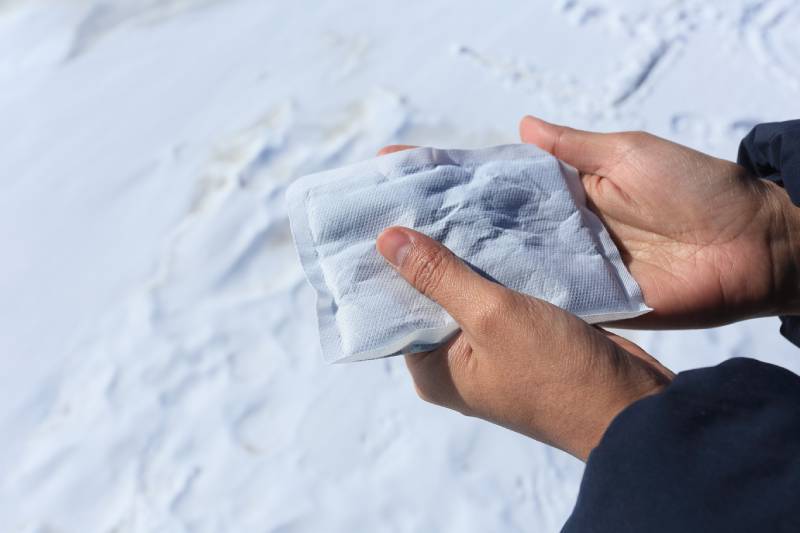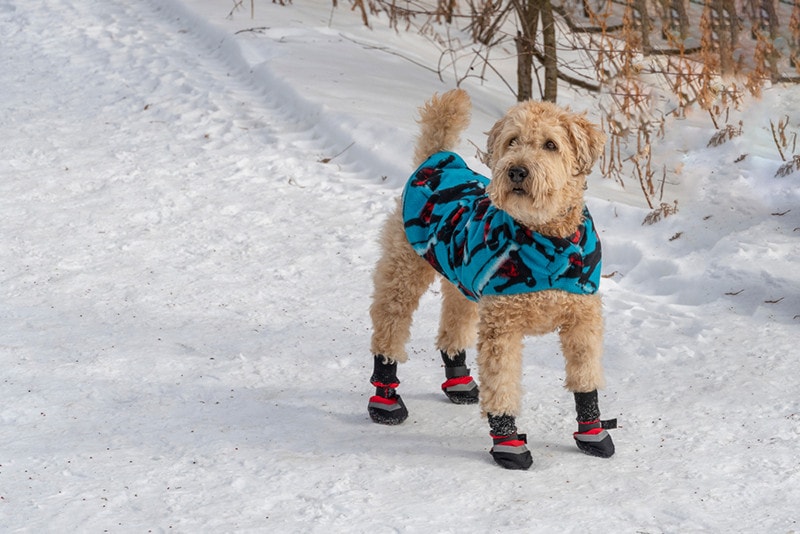13 Incredible Dalmatian Facts You’ll Love to Learn

By Misty Layne
Updated on
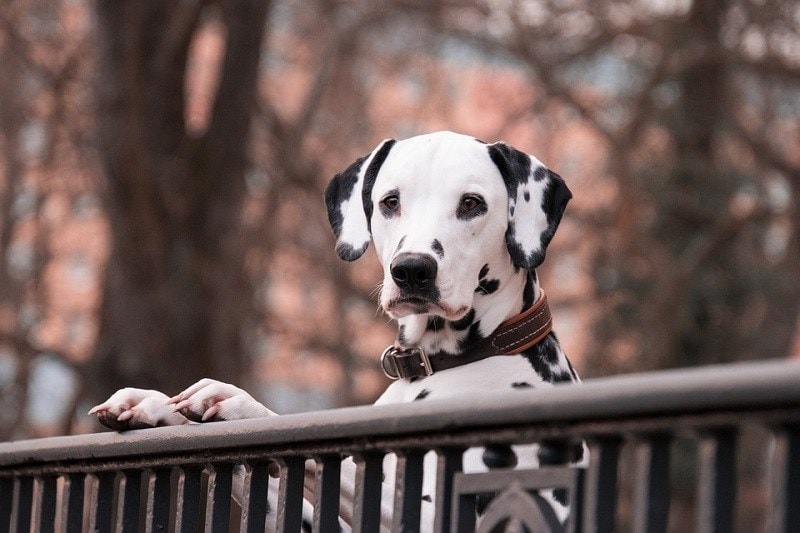
Dalmatians are well-known dogs. Most people have seen “101 Dalmatians” or associate these canines with firehouses. But how much do you really know about the breed? If everything you ever learned about Dalmatians came from Disney, you might not know these dogs as well as you think.
Dalmatians are truly fascinating, and if you plan on adopting one, you’ll need to learn more about them. So, keep reading to learn 12 incredible Dalmatian facts you probably didn’t know!
The 13 Incredible Dalmatian Facts
1. Dalmatians have a mysterious origin.
Or perhaps it’s less that they have mysterious origins and more that their origins are a complete mystery. Dalmatians are thought to have arrived in Europe via the Romani people from India. The name of this breed is a derivation of the name of a narrow belt near the Adriatic Sea.
However, no one can say with complete certainty that this is really their origin story. The Dalmatian has also been documented as existing on several other continents (and for a very long time, too). So, really, who’s to say how these dogs came into existence?
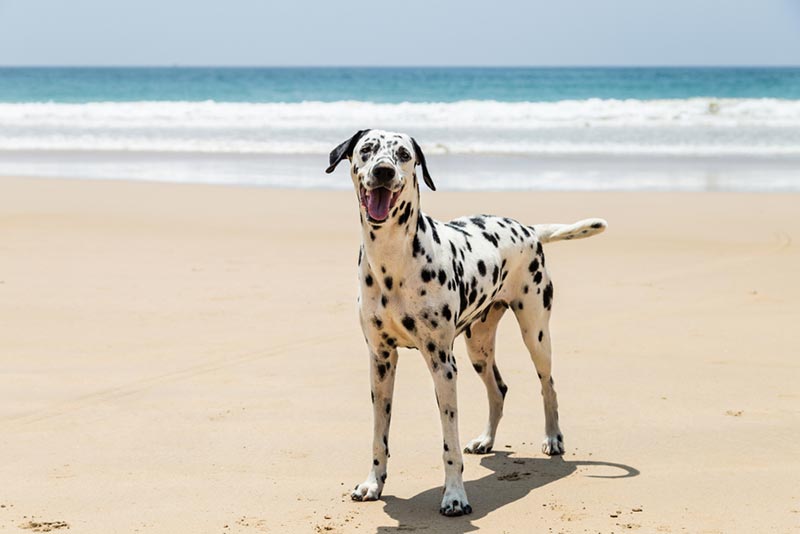
2. The breed is incredibly old.
Though we may not know how exactly the Dalmatian originated or where, we do know the breed is quite old. In fact, archeologists have discovered paintings in Egyptian tombs that feature dogs with spots. In these paintings, the spotted dogs appear to be running alongside chariots, which suggests they might have originated in Egypt.
And while these paintings of spotted dogs may not be the exact Dalmatian we know and love today, there’s a good chance these canines are ancestors of the modern Dalmatian.
3. Dalmatians have many names.
Dalmatians have had a plethora of other names throughout the years (and “Dalmatian” is, by far, the best moniker they’ve had). Some of the names this breed has had at one time or another include:
- Carriage Dog
- English Coach Dog
- Firehouse Dog
- Leopard Dog
- Plum Pudding Dog
- Spotted Dog
Can you imagine owning a Plum Pudding Dog? We definitely prefer “Dalmatian” to any other name on this list!
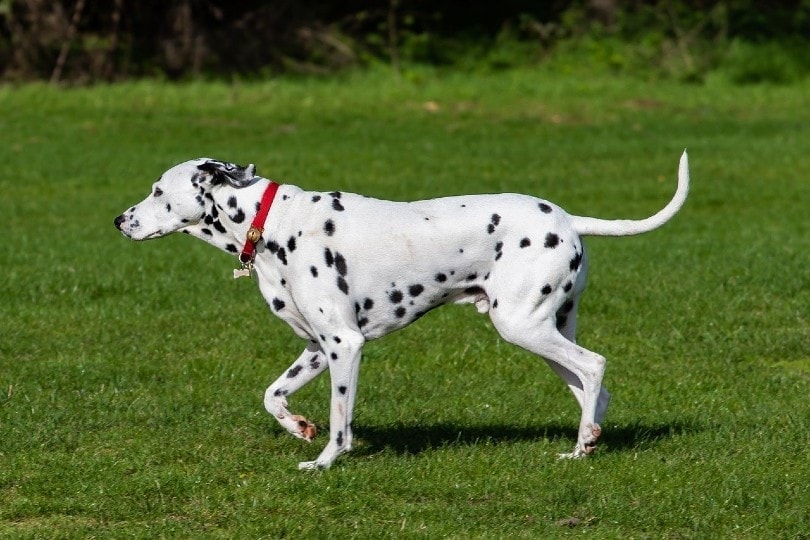
4. Dalmatians are born without spots.
Now this one is a shocker: did you know Dalmatians are born without spots? Yep, these dogs are born completely white, with their spots showing up later on. Small spots begin to appear when puppies are about 10 days old and continue to grow with the dogs until about a year and a half. These spots can be everywhere (including in a dog’s mouth) and measure approximately 1.25 to 2.5 inches!
5. Not all Dalmatians have black spots.
You likely immediately picture a white dog with black spots when you hear the Dalmatian name. However, not all Dalmatians will have black spots! There are actually several other colors that spots can be, including:
- Liver
- Brindle
- Blue-gray
- Lemon
- Mosaic
- Orange
That said, only Dalmatians with black or liver spots are considered to meet breed standards. And Dalmatians with blue-gray or orange spots are considered impure because they’ve strayed so far from the standards. It’s also notable that Dalmatians can’t have a variety of colored spots—all of their spots will be one color.
6. Every Dalmatian’s coat is different.
You might think that all Dalmatians look the same, but in truth, the coat of a Dalmatian is as unique as our fingerprints. Which is to say, no two are alike! Of course, you can’t tell by simply looking at a pair of Dalmatians side by side, but trust us. Every Dalmatian’s coat is uniquely their own!
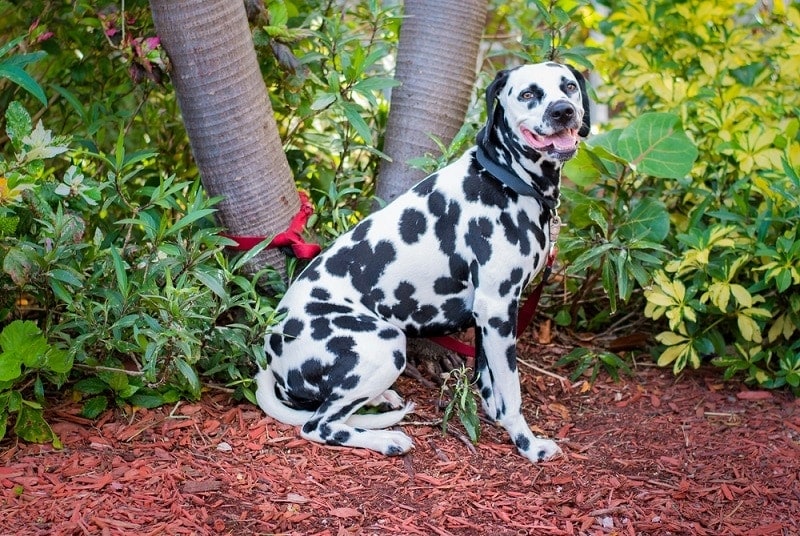
7. Their most famous role is as mascots for firehouses.
Of course, the most famous role the Dalmatian has played is firehouse mascot. Originally, Dalmatians were used at firehouses as coach dogs, meaning they would guard the horses driving the fire carriage and calm these horses down when they approached fires. But then, of course, the fire truck was invented, and the Dalmatian’s role at firehouses became obsolete.
However, these pups were kept on as mascots of many a firehouse after that, and many firefighters now have Dalmatians as pets!
8. But Dalmatians are also mascots for Budweiser.
Way back when, the Budweiser company used to have to deliver beer via beer wagon. These wagons were drawn by horses, of course, and Dalmatians came along to do the same job they did at firehouses—guard and guide. The beer wagons were drawn by Clydesdale horses, and Budweiser is known for always having Clydesdales in any parade they partake in. And in 1950, Budweiser chose the Dalmatian as its Clydesdale mascot.
To this day, you’ll find three Dalmatians walking alongside these horses and restored beer wagons in parades. Their names? Chip, Brewer, and Clyde!
9. The movie “101 Dalmatians” ended up being quite harmful to the breed.
“101 Dalmatians” was a huge hit when it came out, and it ended up spreading awareness about Dalmatians. However, since the portrayal of Dalmatians in this movie wasn’t entirely accurate, it ended up being more harmful than good for the breed. This is because after watching the movie, many families adopted Dalmatians but had unrealistic ideas about them from “101 Dalmatians”. This phenomenon was so significant it became known as 101 Dalmatian Syndrome.
After watching the film, most people who ended up adopting Dalmatians realized they weren’t up to the task of taking care of these pups. The movie depicted Dalmatians as fun-loving and smart (which they are), but the movie left out the part where these are real animals with their own personalities and needs. Any dog takes a bit of effort to care for, but in the case of Dalmatians, they’re known for being high-energy and require a lot of exercise and play. If these dogs don’t get that energy out, they can turn to destructive behaviors. The end result of 101 Dalmatian Syndrome was a lot of unwanted pups and a decline in the registration of the breed.
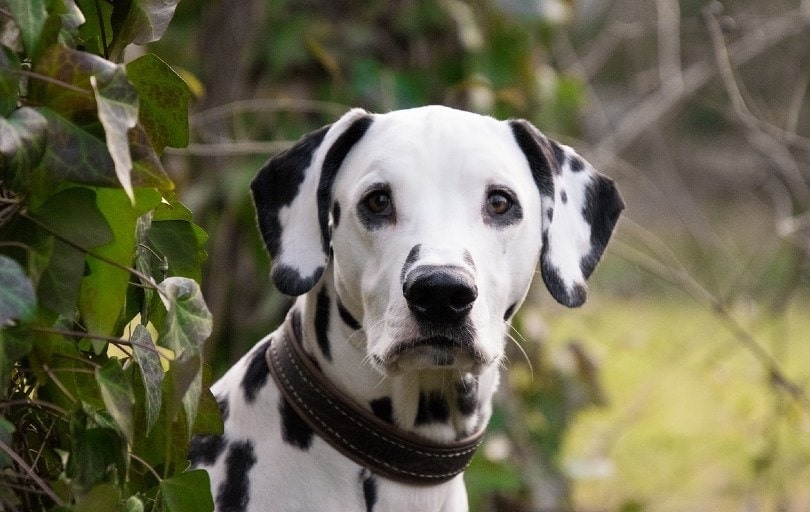
10. George Washington owned Dalmatians.
Everybody loves Dalmatians, including George Washington! George Washington was a big fan of dogs, and among the breeds he owned were two Dalmatians. The first Dalmatian he got was a female named Madame Moose. Later, in 1786, he also acquired a male dog for breeding purposes.
11. A Dalmatian once set a world record.
In 2019, a new world record was set by Melody, an Australian Dalmatian. What was that record? It was a record for giving birth to the most puppies. Dalmatians typically have six to nine puppies in a litter, but Melody had 19! Altogether, there were 10 male pups and nine females (and the owner decided to name them after “101 Dalmatian” characters).
12. The breed is prone to deafness.
One important thing to know if you’re considering adopting a Dalmatian is that the breed is prone to deafness—both unilateral and bilateral. The reason Dalmatians are prone to going deaf seems to be the lack of melanocytes (cells that produce melanin) in the inner ear. But please, don’t let that discourage you from adopting a Dalmatian! These pups are loving and loyal, so you’ll gain a friend for life by inviting one into your home.

13. Dalmatians have played a variety of roles throughout history.
One thing you might not have known about Dalmatians is their various roles throughout history! These pups have done a lot over the years. They used to play the role of sentinel, meaning they would stand guard and scout borders, trying to sniff out any approaching enemies.
But these dogs also make wonderful hunting companions, as they have great instincts that allow them to hunt down rodents, wild boars, and even stags. Plus, they’re excellent herding dogs!
Conclusion
We might not know precisely where the Dalmatian came from, but we know these pups have a fascinating history. From having many names to playing tons of roles throughout the years, the Dalmatian has done a lot. And now you know all about it! That means you have a better idea of the breed if you’re considering adopting one, and you can impress friends and family with your knowledge.
See also:
- Dalmatian Lifespan: Vet-Approved Facts & Life Stages
- 10 Dalmatian Colors: Exploring the Surprising Variety
Featured Image Credit: Freepics4you, Pixabay




